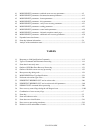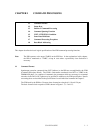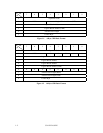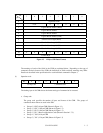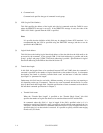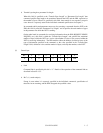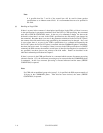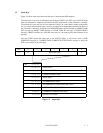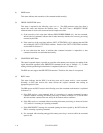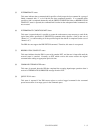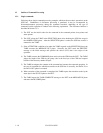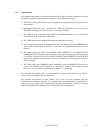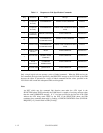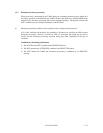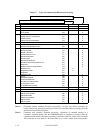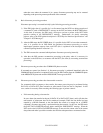C141-E124-01EN1 - 8
(1) GOOD status
This status indicates that execution of the command ended normally.
(2) CHECK CONDITION status
This status is reported in the following cases a) to c). The IDD generates sense data when it
reports this status and indicates the detailed cause. The INIT issues a REQUEST SENSE
command when it receives this status and should sample sense data.
a) If the sense key of the sense data indicates RECOVERED ERROR [=1], the last command,
which is the last command, indicates that it ended normally with the error recovery processing
executed by the IDD.
b) If the sense key of the sense data indicates UNIT ATTENTION [=6], it indicates that the IDD
was holding the UNIT ATTENTION condition. Details of the UNIT ATTENTION condition
are described in Section 1.5.
c) In cases other than the above, it indicates that command execution is impossible, or that
command execution was terminated abnormally.
(3) CONDITION MET Status
This status is reported when it is possible to secure the cache memory area necessary for reading all the
logical data blocks specified in the PRE-FETCH command (in the case of “Immed = 1”), or when
reading of all the specified logical data blocks is completed (in the case of “Immed = 0”).
The IDD does not support the PRE-FETCH command. Therefore, this status is not reported.
(4) BUSY status
This status indicates that the IDD is in the busy state and it cannot receive a new command.
Normally, an INIT that receives this status reissues the original command after waiting an
appropriate period of time.
The IDD reports the BUSY status in the following cases (the command stack function is explained
in Section 1.4).
a) If the IDD receives a new command while it is executing or is queuing command (except a
command without executing disconnect processing as shown in Section 1.3.3) but the INIT
which issued that command does not satisfy the disconnect enable conditions.
b) If the IDD receives a command without executing disconnect processing (as shown in Section
1.3.3) while it is executing or is queuing command.
c) If the DISCONNECT message for command queuing has been rejected by the INIT while the
IDD is executing or queuing command.
d) If a command with executing untagged disconnect processing is received while the command
queue is full.



